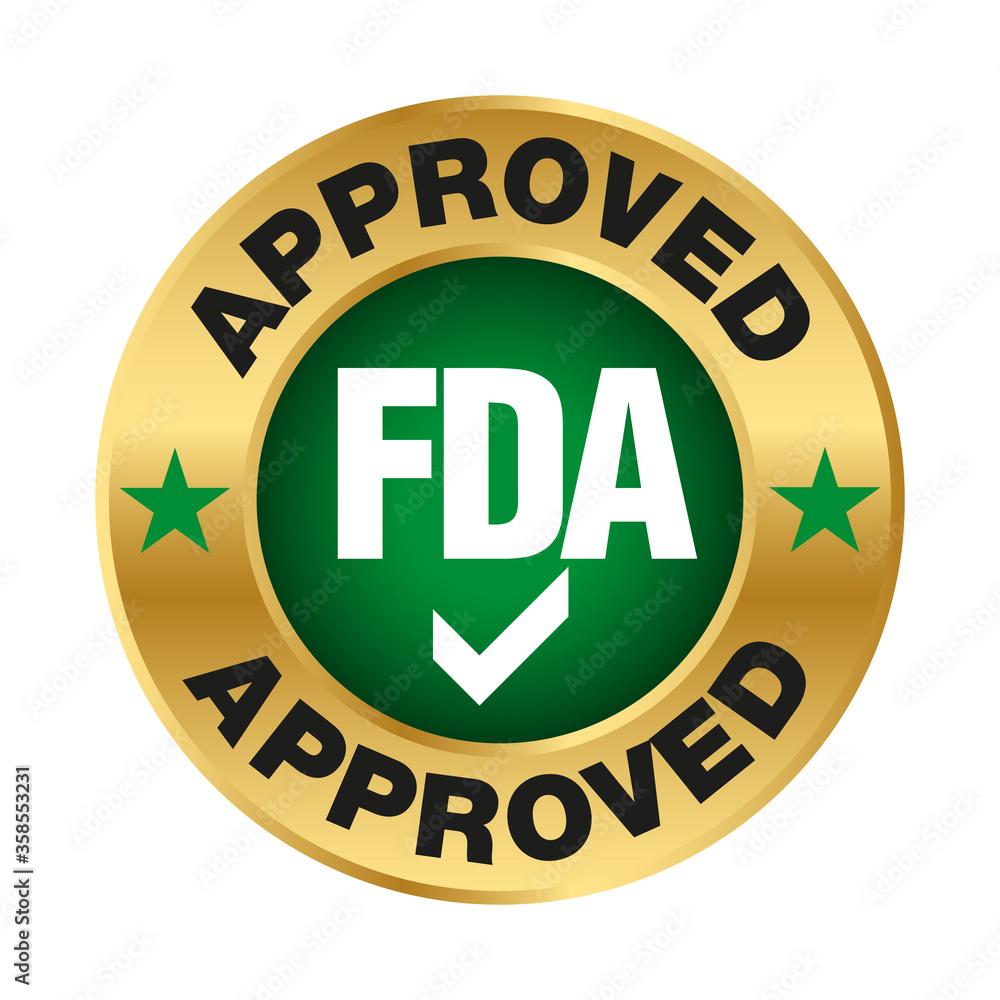FDA, UK MHRA, and Health Canada Collaborate to Enhance Transparency in Machine Learning Medical Devices

**FDA, UK MHRA, and Health Canada Collaborate to Enhance Transparency in Machine Learning Medical Devices**
In the rapidly evolving landscape of healthcare, the integration of machine learning (ML) into medical devices has opened up unprecedented possibilities for diagnosis, treatment, and patient care. However, the complexity and opacity of these technologies have raised significant concerns about their safety, efficacy, and ethical implications. Recognizing the need for greater transparency and collaboration, three leading regulatory bodies—the U.S. Food and Drug Administration (FDA), the United Kingdom’s Medicines and Healthcare products Regulatory Agency (MHRA), and Health Canada—have joined forces to enhance the transparency of machine learning medical devices.
### The Importance of Transparency in Machine Learning Medical Devices
Machine learning algorithms, particularly those used in medical devices, are often described as “black boxes” due to their complex and opaque nature. These algorithms can process vast amounts of data and identify patterns that may not be immediately apparent to human clinicians. While this capability holds great promise, it also presents risks, particularly when the decision-making process of the algorithm is not fully understood by users or regulators.
Transparency in ML medical devices is crucial for several reasons:
1. **Safety and Efficacy**: Transparent algorithms allow for better understanding and validation of how a device makes decisions, which is essential for ensuring that it operates safely and effectively in clinical settings.
2. **Trust and Adoption**: Healthcare providers and patients are more likely to trust and adopt ML-based medical devices if they understand how these devices work and how decisions are made.
3. **Regulatory Oversight**: Regulatory agencies need transparency to effectively evaluate and monitor the performance of ML medical devices, ensuring that they meet the required standards for safety and efficacy.
4. **Ethical Considerations**: Transparency helps address ethical concerns, such as bias in algorithms, by allowing for scrutiny and correction of potential issues.
### The Collaborative Effort: FDA, MHRA, and Health Canada
In response to the growing need for transparency in ML medical devices, the FDA, MHRA, and Health Canada have launched a collaborative initiative aimed at enhancing the transparency of these technologies. This collaboration is part of a broader effort to harmonize regulatory approaches and ensure that ML medical devices are safe, effective, and trustworthy.
#### Key Objectives of the Collaboration
1. **Developing Common Standards**: The three agencies are working together to develop common standards and guidelines for the transparency of ML medical devices. These standards will provide a framework for manufacturers to follow, ensuring that their devices are transparent and understandable to both regulators and end-users.
2. **Promoting Explainability**: One of the primary goals of the collaboration is to promote the explainability of ML algorithms. This involves ensuring that the decision-making processes of these algorithms can be understood and interpreted by clinicians, patients, and regulators. The agencies are exploring methods for improving the interpretability of complex ML models, such as using simpler models, providing detailed documentation, and incorporating explainable AI techniques.
3. **Enhancing Post-Market Surveillance**: The collaboration also focuses on improving post-market surveillance of ML medical devices. This includes developing mechanisms for continuous monitoring of device performance and ensuring that any issues related to transparency, safety, or efficacy are promptly addressed.
4. **Engaging Stakeholders**: The FDA, MHRA, and Health Canada recognize the importance of engaging with a wide range of stakeholders, including healthcare providers, patients, industry representatives, and academic researchers. The collaboration aims to foster open dialogue and gather input from these stakeholders to inform the development of transparency guidelines and best practices.
5. **Harmonizing Regulatory Approaches**: By working together, the three agencies aim to harmonize their regulatory approaches to ML medical devices. This will help reduce the burden on manufacturers who seek to market their devices in multiple countries and ensure that patients and healthcare providers benefit from consistent safety and transparency standards.
### Challenges and Future Directions
While the collaboration between the FDA, MHRA, and Health Canada represents a significant step forward, there are still challenges to be addressed. One of the main challenges is balancing the need for transparency with the protection of proprietary information. Manufacturers may be hesitant to disclose certain details about their algorithms due to concerns about intellectual property and competitive advantage.
Another challenge is the dynamic nature of ML algorithms, which can evolve and improve over time as they are exposed to new data. This raises questions about how to ensure ongoing transparency and regulatory oversight as these algorithms change.
Looking ahead, the collaboration between the FDA, MHRA, and Health Canada is likely to serve as a model for other regulatory agencies around the world. As ML medical devices become more prevalent, international cooperation will be essential to ensure that these technologies are safe, effective, and transparent.
### Conclusion
The collaboration between the FDA, UK MHRA, and Health Canada marks a significant milestone in the regulation of machine learning medical devices. By working together to enhance transparency, these agencies are helping to build trust in ML technologies and ensure that